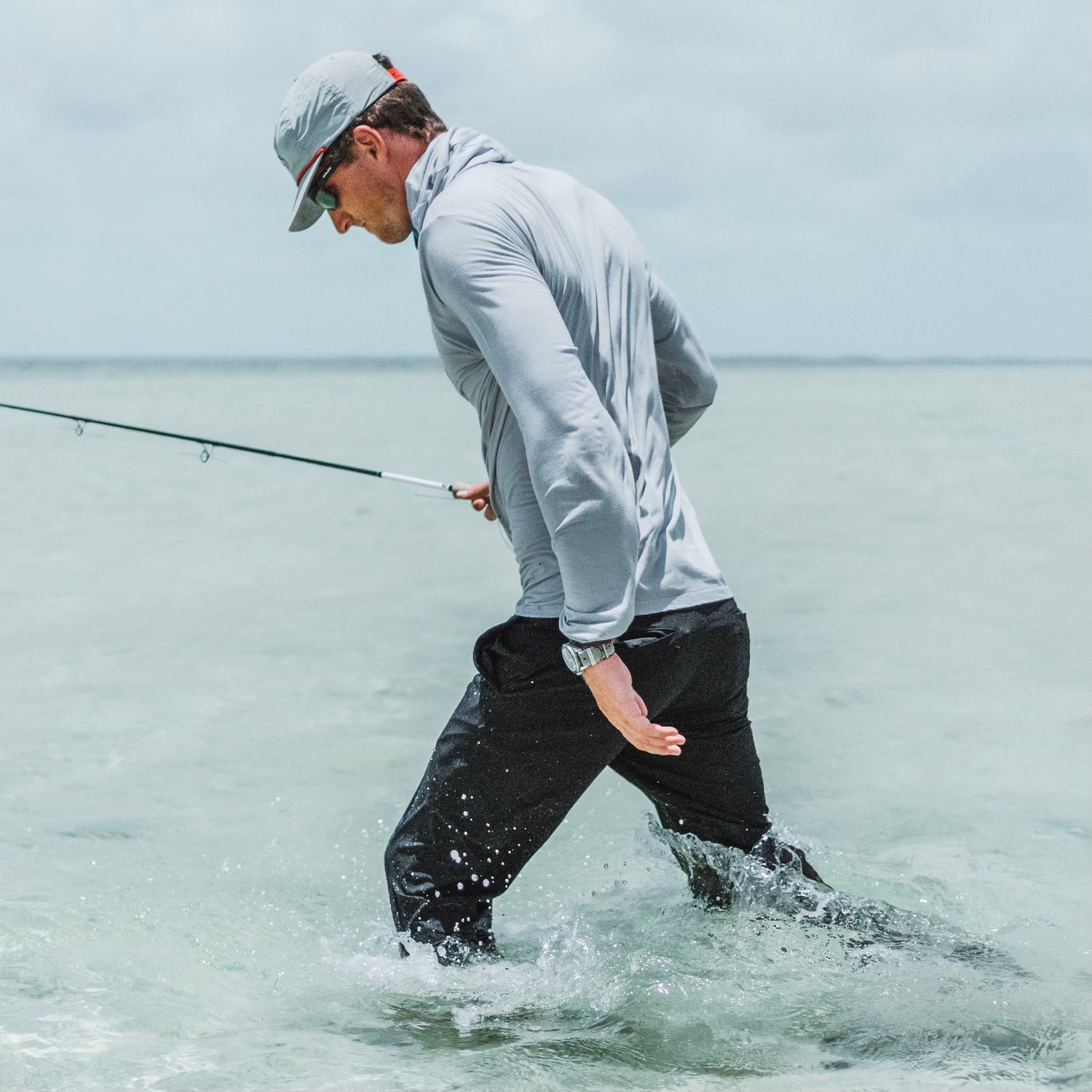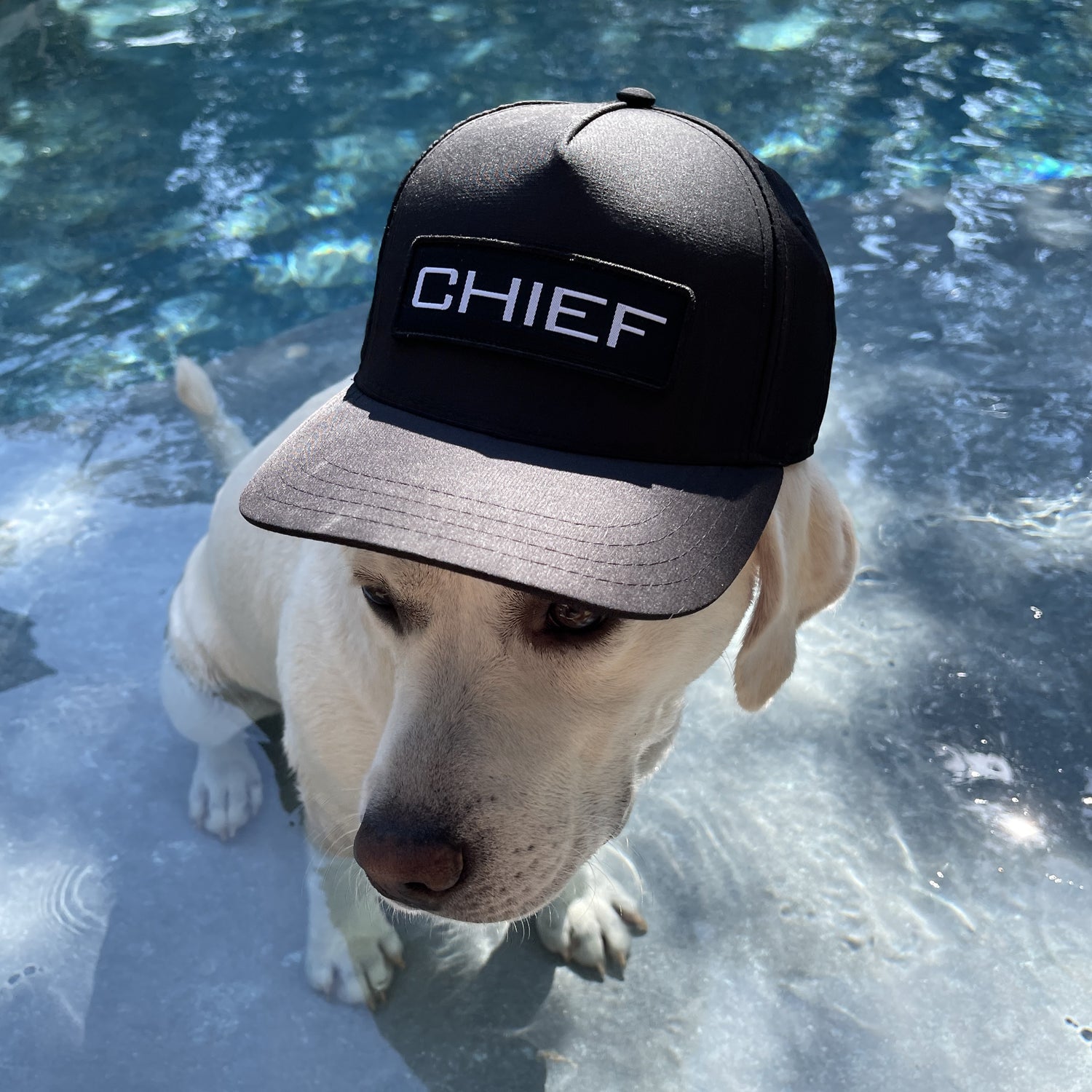Fly Fishing Essentials: The Gear
Share
The Tackle of Fly Fishing
As I briefly touched on in “What is Fly Fishing”, fly fishing involves a rod, reel, line, and flies. The tricky part here is that each component has to correspond with the rest of your setup. What that means is your fly must match the hatch (what your fish is feeding on), your line weight must match the weight of your fly, and your rod and reel must match the weight of your line. To put it simply, the lighter your fly, the lighter your rod.
Flies
When thinking about our tackle, it’s generally a good idea to start with flies. While I mentioned that fly fishing was invented in order to cast small weightless flies, it has evolved into a sport that allows even the largest and heaviest flies to be thrown. That being said, it is far easier to learn to cast a dry fly than a weighted streamer, so we’ll start there.
If I know I want to target trout on a river in the middle of July in Colorado, its a good idea to come equipped with a number of mayflies, stoneflies, and caddisflies. With that in mind, I know I should bring some parachute adams, stimulators, and elk hair caddis in a few different sizes, because these are all great imitations of the bugs I previously mentioned. Don’t worry if this feels overwhelming already, I’m putting together a whole article on fly selection.
Pro Tip: Ask the local fly shop near where you hope to fish for some fly recommendations. They’ll be more than happy to point you in the right direction.
Line
Now that I know which flies I plan on using, I can begin to select my line. In fly fishing, our line consists of 3 main parts: backing, fly line, and leader. We’ll work our way up the line toward our fly.
Backing, usually made of dacron, has two main functions, namely to fill up the reel, and to act as an insurance policy. Being much cheaper than fly line, backing helps to prevent coils in the fly line by filling up the reel. When fighting larger, faster fish, it allows for longer fights so the fish can tire after pulling hundreds of feet of line rather than just 90.
Attached directly to our backing is our fly line. Fly line is the most important part of the line, and is also unfortunately the most expensive. To keep things simple, I’m only going to cover weight forward floating lines for now. A weight forward fly line is a fly line with a tapered head and a long running line. In layman's terms, its an all-rounder fly line capable of casting a bunch of difference size flies. Oh yeah, and floating lines float. Not rocket science yet. Anyways, let’s get back on track. At this point, our fly line selection is vital to our success on the water. Knowing that I’m interested in throwing parachute adams and elk hair caddis, it’s a reasonable choice to select a 5wt fly line. This will allow me to cover a multitude of situations and throw multiple types of flies.
With our fly line selected, let’s assemble our leader. The leader is what connects our fly line to our fly. In most cases leader will be made of either monofilament or fluorocarbon, but since we are casting dry flies, let’s stick with mono for this example. Our goal is to taper down our leader from the fly line, allowing our fly to land delicately on the water at the end of our cast. A reasonable leader for this situation would be a 9ft 3x or 4x leader. This keeps our fly away from the end of our fly line, but not so far away that it’s impossible to cast.
Pro tip: If you buy your fly line from your local fly shop and they’ll throw in the backing for free.
Reel
In a lot of freshwater scenarios, our reel is a glorified line holder that can feel largely unnecessary, but at other times, namely when fighting big trout or anything in the saltwater, the reel becomes extremely important. When casting dry flies in a small river, it is more than likely you’ll never need to make use of your reel, and instead will simply use it to keep your line off the water. The important thing to note here is that your reel should balance your fly rod when held from the top of the cork.
Rod
That brings us to our rod. Contrary to popular belief, the fly rod is not the most important part of your setup. That role belongs to our fly line for reasons I touched on earlier. It is however, a vital piece of gear if you want to make long accurate casts and fight fish well. With this being the biggest ticket item of your setup, my recommendation is to spend what you can without breaking the bank, but don’t feel like you need the best of the best at first. To complete our dry fly setup, a safe choice is to match our line weight and pickup a 5wt 9” rod. Unfortunately, sometimes rod manufacturers will list their rods with just numbers. Take the DOUGLAS SKY G 5904 for example.
We can easily decipher that this rod is made by Douglas and is called the Sky G, but what are the numbers “5904” tacked on to the end? General rule of thumb here is that the manufacturer will number their fly rods based on three things: 1. Rod/Line Weight, 2. Rod Length, and 3. Number of Rod Sections. In other words, this rod would be a 5 weight, 9’0” length, 4 piece rod. We know this would be a great rod for our purposes, and the fact that it’s a four-piece rod makes it easy to travel with.
Orvis Encounter 5 wt 9’ Fly Rod is a great budget friendly option. Best of all it comes with line and backing on the reel.
Accessories
While that sums up our rod setup, it’s a good idea to outfit yourself with a few other pieces of gear that will lead to success on the water. Here’s a few of my recommendations.
Nippers
An important piece of gear, this tool offers us a way to cut line, allowing us to quickly change flies while on the water.
Forceps/Hemostats/Pliers
These pliers are great for unhooking fish. While we usually fish with barbless hooks, they can still be tricky to remove from a fish’s mouth, and that’s where these come in handy. Should your catch swallow the fly, these will become essential for removing that hook.
Umpqua makes a great combo pack with nippers and forceps
Net
While not strictly necessary in every application, it’s extremely helpful when handling trout. Do yourself a favor a grab one.
Extra line/ tippet
While we may start with a 9ft leader, it’s a good idea to carry extra line of the same size to extend the life of your leader. That’s because every time you tie on a new fly, you’ll use up some of your 9ft leader, and eventually, it will be more like a 7 ft leader if you’re not careful. Instead, just tie on some extra tippet and extend that leader with a blood knot or double surgeons back to 9ft so you can keep on fishing.
Pro Tip: Just grab a spool of mono from walmart and save yourself some money. Just make sure it matches the line weight of your leader.
Backpack/Hip Pack/ Chest Pack
You’ve probably already got a decent backpack from school, so throw all that extra gear in there instead of trying to keep it in your pockets. It will help you stay organized, plus you’ll have room for snacks and water.
Apparel
Quickdrying Clothes
My recommendation is to not waste your money on a pair of waders just yet, and instead buy some comfortable wading pants and a lightweight sun hoodie. Not only will they help keep the sun off you, but they’ll dry so fast you’ll barely notice you were ever wet.
QuickDraw Pants
Water Shoes/Boots
Chacos, Tevas, or even Crocs will work just fine in most scenarios, but I personally love a dedicated wading boot with some neoprene booties. They’ll make wet wading a whole lot easier and your feet will stay warmer.
Final Thoughts
While all the gear listed above may seem like a lot, keep in mind these are simply recommendations. Need more help? Shoot us a message and we’ll be happy to help!


